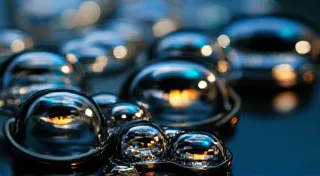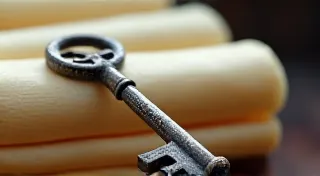The Archivist’s Dilemma: Preserving Fragile Ribbons for Future Generations
There's a certain magic in holding an antique typewriter ribbon. It’s more than just a strip of inked fabric; it's a tangible link to a bygone era, a whisper of conversations typed, letters composed, and stories born from the satisfying clatter of keys. For those of us drawn to the world of antique typewriters, these ribbons represent far more than just a functional part – they’s relics of craftsmanship, embodiments of fleeting moments, and increasingly, objects demanding our most careful stewardship. As an archivist dedicated to preserving these fragile treasures, I often find myself grappling with a profound dilemma: how to balance the allure of the past with the imperative of ensuring its survival for future generations.
My fascination began years ago, not with the machines themselves, but with a box of ribbons unearthed in my grandfather’s attic. He was a journalist in the early 20th century, a man who believed in the power of the written word. Those ribbons, faded and brittle, held the ghostly imprint of his work - snippets of news, personal correspondence, the cadence of his voice translated into typed letters. Holding them felt like holding a piece of him, a connection to his passion and dedication. It was then that I understood the importance of preservation, the responsibility we bear to protect these tangible fragments of history.
The Colors of Time: Identifying Antique Typewriter Ribbons
Identifying antique typewriter ribbons can be a surprisingly complex endeavor. Unlike modern ribbons with easily identifiable brand names printed on the spools, early ribbons were often unmarked, their origin and manufacturing details shrouded in mystery. Color, width, and the type of fabric (typically silk, nylon, or a silk-nylon blend) become the primary clues. Early ribbons were predominantly shades of black and crimson, reflecting the popular ink choices of the time. As technology advanced, we see a wider spectrum of colors emerge: burgundy, deep purple, brown, and even experimental shades aimed at replicating specific ink formulations. The subtle nuances in these colors aren't just aesthetic; they often offer insights into the manufacturing processes and the era’s evolving stylistic preferences – a form of chromatic cartography, if you will.
Width is another critical factor. Different typewriter models utilized different ribbon widths, and the discrepancy can be a reliable indicator of compatibility. For instance, early Smith Corona and Underwood models often used narrower ribbons than later Royal or Blickensderfer machines. Careful measurement with a precision ruler is essential. Online databases – and increasingly, community resources for typewriter enthusiasts – are invaluable in cross-referencing ribbon characteristics with specific typewriter models.
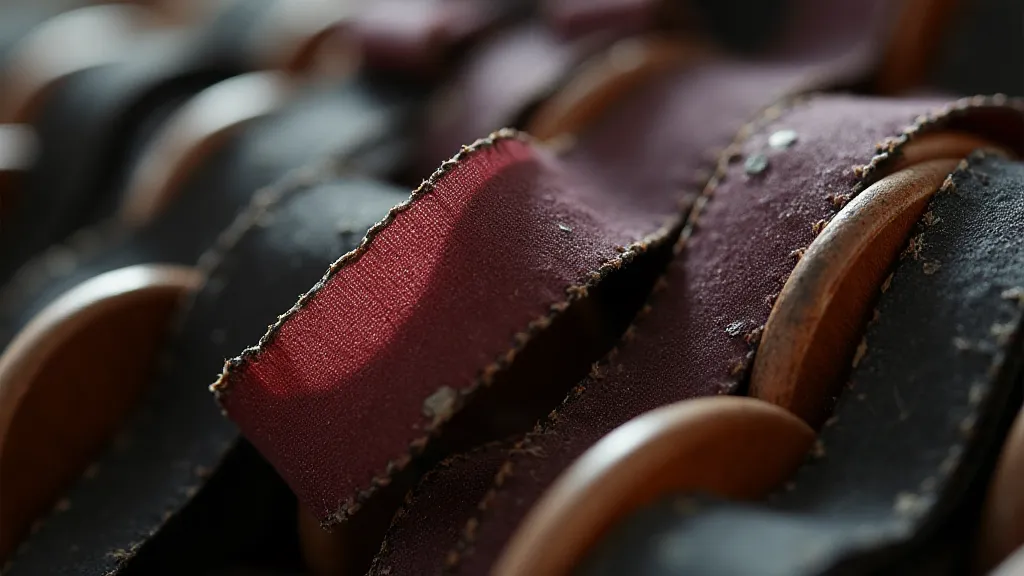
The Materials Under Stress: Understanding Ribbon Degradation
The fragility of antique typewriter ribbons stems from the materials used and the environmental conditions they’re exposed to over time. Silk, the predominant fabric in early ribbons, is inherently susceptible to degradation from light, humidity, and temperature fluctuations. Nylon, introduced later, offered improved durability but is still vulnerable to UV damage and chemical breakdown. The dyes used to color the ribbons also contribute to the problem. Many early dyes were chemically unstable and prone to fading or bleeding, leaving behind ghostly remnants of their former vibrancy. The way these ribbons were spaced, too, provides a fascinating glimpse into the aesthetics of the time, almost a form of resonance of the machine.
I’s witnessed firsthand the heartbreaking consequences of improper storage. Ribbons left exposed to direct sunlight have faded to near-transparency. Those stored in damp environments have developed mold and become brittle. And ribbons carelessly handled have suffered tears and fraying, permanently damaging their structural integrity. The preservation of these ribbons isn's merely about preventing further degradation; it’s about mitigating the damage already inflicted by the passage of time.
Best Practices for Preservation: A Gentle Approach
The key to preserving antique typewriter ribbons lies in understanding their vulnerabilities and adopting a proactive approach to storage and handling. Here are some guiding principles I’s learned over the years:
- Environment is Paramount: Store ribbons in a cool, dry, and dark environment, ideally with stable temperature and humidity. Basements and attics are generally unsuitable due to their inherent fluctuations. Archival-quality storage boxes are a necessity.
- Acid-Free Materials: Always use acid-free paper and archival-quality boxes and sleeves. Acidic materials accelerate degradation and can permanently damage the ribbons.
- Gentle Handling: Handle ribbons with extreme care. Avoid bending, folding, or stressing the fabric. Wear clean cotton gloves to prevent the transfer of oils and dirt.
- Photography for Documentation: Before storing a ribbon, photograph it under consistent lighting conditions. This provides a visual record of its original condition and serves as a valuable reference point for future assessment.
- Avoid Chemical Treatments: Resist the temptation to apply chemical treatments or cleaning agents. Most modern chemicals can react with the dyes and fabric, causing further damage.
Beyond the technical aspects of preservation, the act of collecting ribbons can be deeply personal, offering a biographical window into the lives of those who used them. The very collection itself becomes a tangible artifact, a record of individual preferences and historical connections, a true silken thread of memory.
There’s a certain beauty in acknowledging the imperfections of these artifacts. Fading, minor tears, and subtle discoloration are testament to their age and history. We shouldn't strive to restore them to a pristine state, but rather to stabilize their condition and prevent further decay.
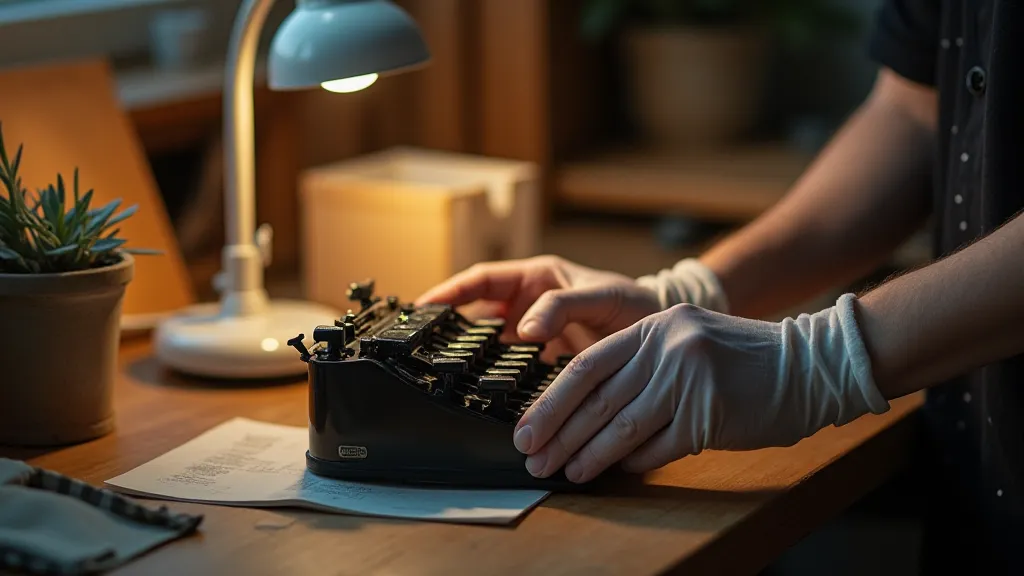
Ethical Considerations: Respecting the Passage of Time
The pursuit of preservation isn’s merely a technical exercise; it’s a moral one. As archivists and enthusiasts, we have a responsibility to respect the passage of time and to acknowledge that these ribbons are products of their era. We shouldn’s attempt to erase their history or to impose our modern aesthetic sensibilities upon them. Our goal should be to ensure that future generations have the opportunity to connect with these tangible links to the past, to appreciate their historical significance, and to learn from the craftsmanship and artistry of a bygone age.
I’s often asked if I’s ever considered attempting to repair damaged ribbons. While minor repairs – such as carefully mending small tears – can be undertaken, I’s generally cautious about extensive restoration. Such interventions can compromise the ribbon’s authenticity and potentially diminish its historical value. The preservation of authenticity is paramount. Often, the markings left by the typewriter itself tell a more compelling story than any meticulously restored ribbon could. These markings aren't blemishes but rather a coded language of the past, a direct imprint of the machine’s interaction with the ribbon – a testament to its history.
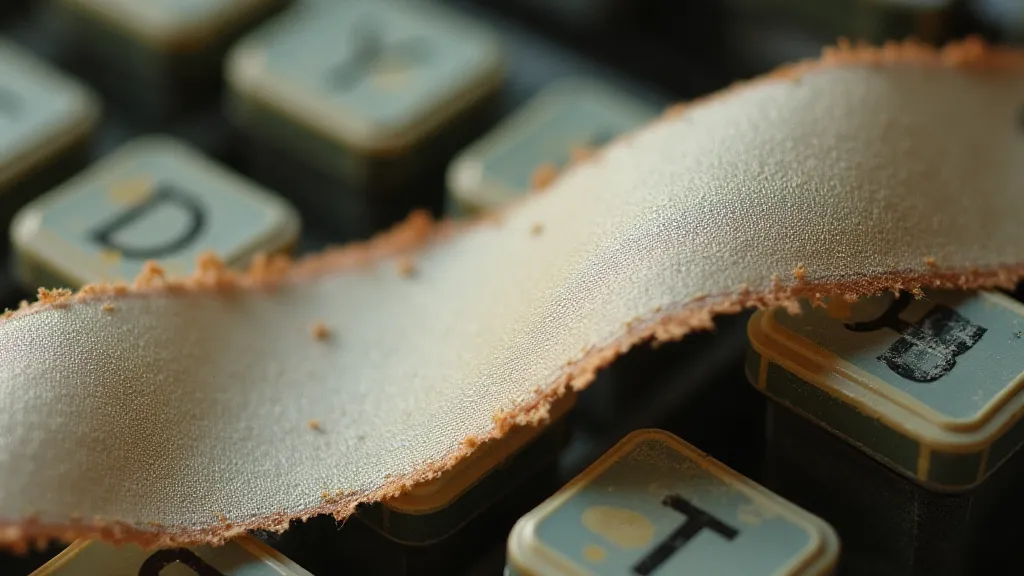
Beyond Preservation: Unraveling Hidden Narratives
The study of antique typewriter ribbons extends beyond mere preservation; it opens a window into broader historical contexts. The evolution of ribbon technology mirrors advancements in printing, communication, and even industrial design. Examining the materials used, the colors chosen, and the manufacturing processes employed provides valuable insights into the technological and artistic landscape of specific eras.
Consider the impact of the introduction of synthetic dyes. While they expanded the color palette available for ribbons, they also presented new challenges for preservationists due to their potential instability. Similarly, the shift from silk to nylon ribbons reflected a broader trend towards synthetic materials in various industries.
Furthermore, the types of documents produced on these ribbons offer a unique perspective on the social, political, and economic forces shaping historical events. Journalists used ribbons to chronicle major news stories, businesses used them to generate correspondence, and individuals used them to capture personal thoughts and memories. Each ribbon holds a story waiting to be rediscovered, a whisper from the past yearning to be heard – and it’s our responsibility to ensure that those voices are not silenced by the inexorable march of time. The very act of seeking out and documenting these hidden narratives is a form of historical detective work, piecing together fragments of the past to create a more complete picture of a bygone era.
A Legacy of Ink and Memory
The preservation of antique typewriter ribbons is a labor of love, a quiet dedication to safeguarding a vital part of our cultural heritage. It’s a challenge that demands patience, skill, and a deep appreciation for the power of the written word. By embracing best practices, upholding ethical principles, and fostering a spirit of collaboration, we can ensure that these fragile remnants of the past continue to inspire and enlighten generations to come.




